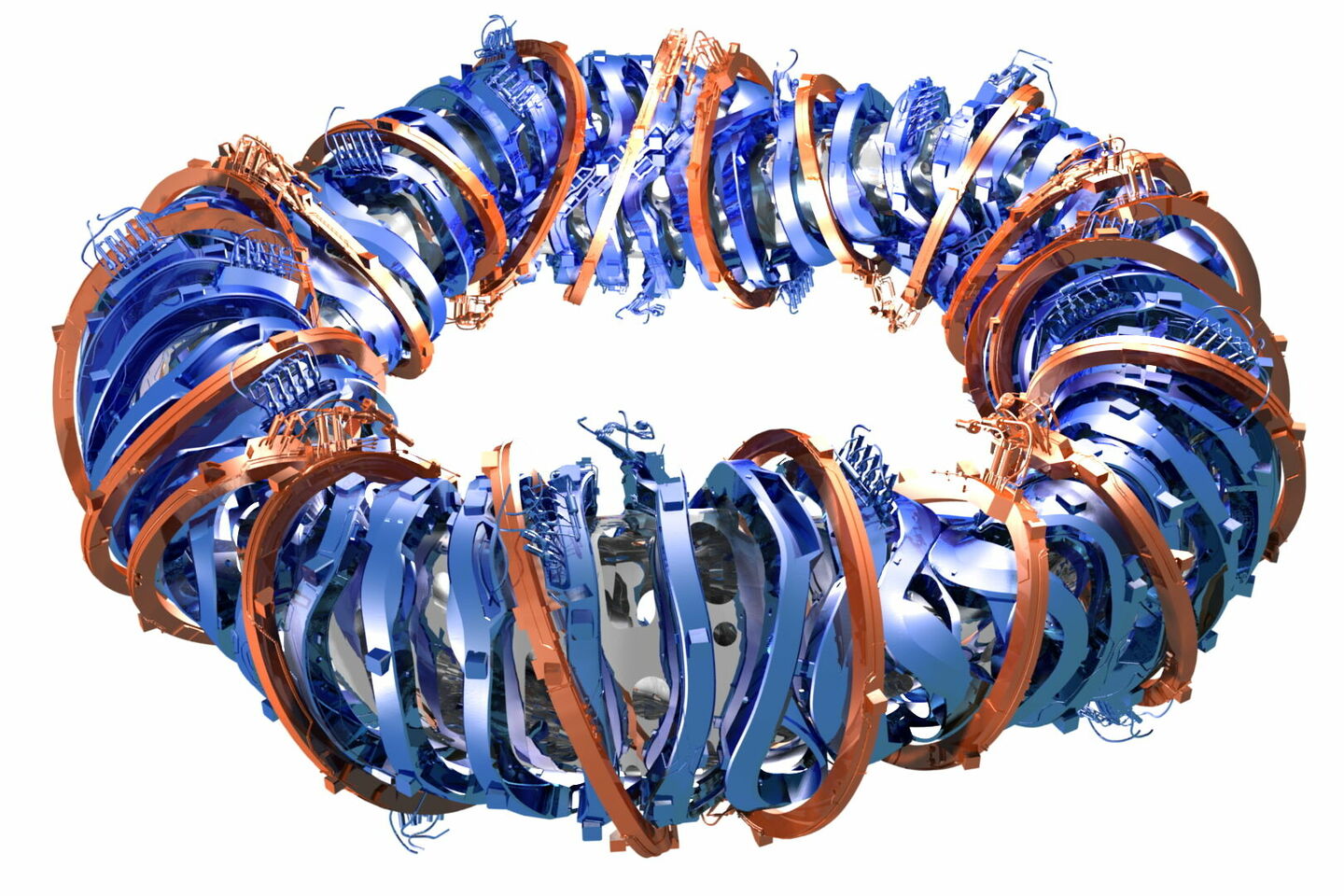
Alternative road to nuclear fusion
The description 'recreating the Sun on earth' is sometimes applied to the nuclear fusion reactor, but a consensus among scientists about just how this 'Sun' can best be tamed has not yet been reached. Plasma expert Josefine Proll of TU/e is a fan of the stellarator reactor, an alternative for the more mainstream tokamak recently revived. With a new NWO grant, she hopes to give this technology a decisive advantage.
This summer Josefine Proll travelled back to Germany, her home country. Not for vacation, but to be close to her former colleagues at the Max Planck Institute for Plasma Physics in Greifswald. For here, in this former Hanseastic city in Germany's far north, there is something of interest to Proll: a hypermodern test facility for nuclear fusion, the Wendelstein 7-X.
Since learning at school that nuclear fusion was thought to be the energy source of the future, Proll has been actively committed to realizing this huge but as yet unfulfilled promise of unlimited clean power. She studied physics, performed calculations on experimental results in the CCFE fusion lab in Oxford while still a master's student, and did her doctoral research in Greifswald during the years that Wendelstein 7-X was under construction.
Also since her arrival in Eindhoven in early 2017, when she took up the post of assistant professor at Science and Technology of Nuclear Fusion, she has kept close contacts with her former colleagues and visited Greifswald frequently. “If you want to discuss with people doing experiments how they can test your theory, it is easier if you are there with them,” she explains in rapid English in which traces of her time in Oxford are audible. “This was the third summer I spent a period of time at the Max Planck Institute for Plasma Physics.”
Fusion
Nuclear fusion already exists. For billions of years the Sun has been demonstrating that energy derived from nuclear fusion is no fantasy, and in prototypes of fusion reactors energy is already being generated by the fusion of atomic nuclei - but there's a catch: we are still expending more energy getting the temperature to the very high level required (some six hundred million degrees) than the fusion reaction generates. Whether nuclear fusion will indeed prove to be the long-term solution - post 2050 - for the energy problem, only time will tell.
Either way, the next step on the road to profitable nuclear fusion has already been taken. This is the ITER (literally Greek for ‘road’) test reactor, which is currently under construction in Cadarache in the south of France. Which road will be taken after this is still far from certain. This is because ever since the 1950’s there have been two approaches regarding the best way of containing the fusion plasma, the reactor's 'fuel'. This is significant because the plasma is so hot that it would melt or even evaporate in an instant any material it touched. Direct contact with the reactor wall must therefore be avoided. This is why the fusion plasma is locked inside a strong magnetic field.
Donut
Already agreed upon, by contrast, is the shape the magnetic field must adopt, says Proll: “This is a ‘donut with a twist’.” It's that twist, resembling a Möbius strip, that is the crux. “A stellarator reactor, as it is called, consists of a highly complex combination of a large number of magnets designed to create exactly the right magnetic field. In the early days, however, the inadequately designed magnetic fields were unable to keep the plasma particles inside.”
In the Soviet Union they came up with an alternative, the tokamak, she explains. “Its magnets are much simpler, and the twist in the magnetic field is created, as it were, by the plasma itself.” This can be achieved, she explains, by producing an electric field that sets the charged particles in the plasma in motion. This plasma current in turn generates a magnetic field that helps confine the plasma. “This principle was first applied in the late 1960s by the Soviets, and it worked so well that the stellarator were put on the sidelines in the decades that followed.”
Nonetheless, the tokamak - the method being used in ITER - also has its failings. “You need a varying electrical current to generate a magnetic field, which means you can only use a tokamak in pulses: you turn the current up to a certain strength and then necessity dictates that you switch it off again. This isn't ideal, of course, if you want to generate power continuously.” In addition, the fact that the plasma generates, as it were, its own cage, has a negative effect on its stability, she explains. “If the stream of particles veers slightly off course, a self-reinforcing effect occurs due to feedback produced by the magnetic field.”
Comeback
For these reasons, and because enough computer power had become available to design the complex magnet configuration for stellarators, since the start of this millennium this alternative has been back in the picture. Because the complexity created by all the magnets required in a stellarator also has its advantages, the German scientist points out. “You can shape the magnetic field in such a way that turbulence is less likely to occur in the plasma. And turbulence is very detrimental to the fusion process.”
Text continues below video
Now that the Wendelstein 7-X has demonstrated that the new generation of stellarators is perfectly capable of confining a fusion plasma, the next big challenge, according to Proll, is to gain a better understanding of how turbulence is created in the plasma. With a new grant from NWO-KLEIN worth 300,000 euros, Proll is now in a position to delve into this mystery, assisted by a doctoral candidate.
In a certain sense, this will be a race against time: various new stellarators are being planned, the plasma expert explains. “A new one in the US, one in Japan, and there's also a Sino-Japanese project. Actually we want to come up with a new magnet geometry that creates less turbulence, and that can be applied in one of these new projects. But I don't know if we'll manage that, time is short. It may be that ITER has multiple successors; it would be great if there were at least one stellarator among them.”


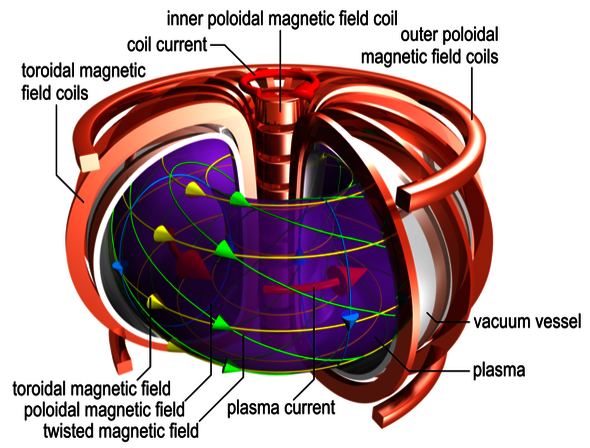
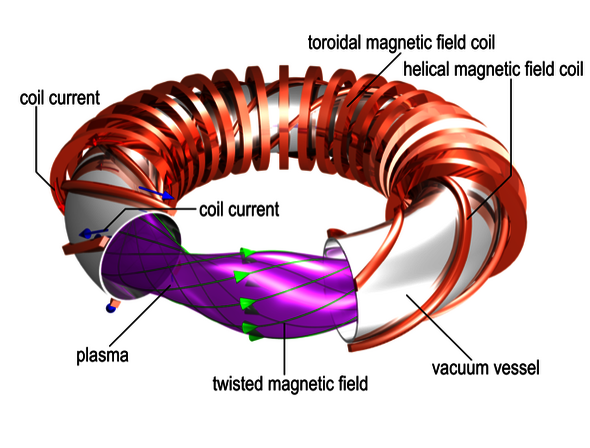
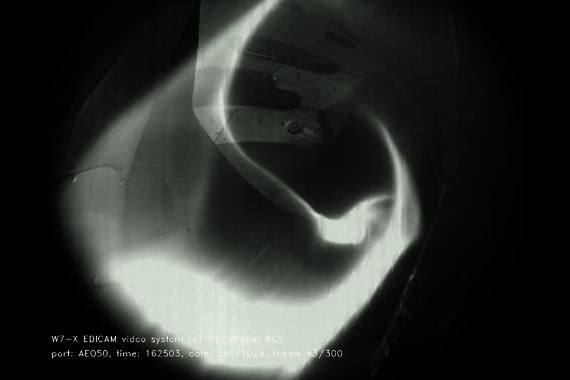
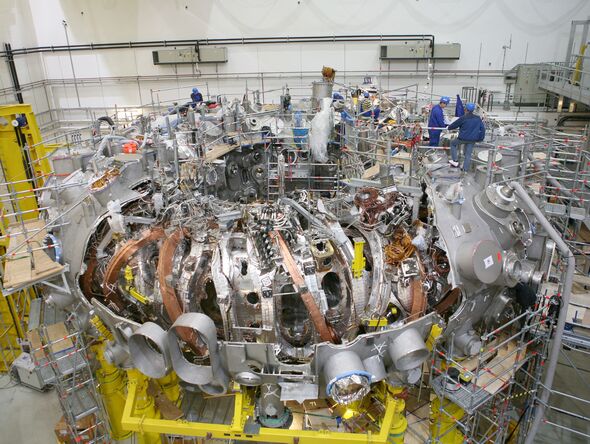
Discussion